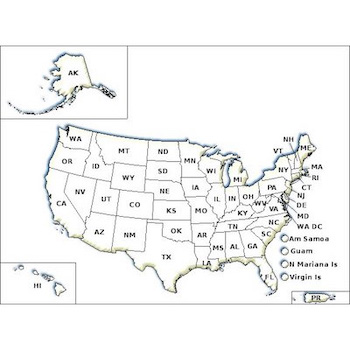Boxelder bugs are nuisance pests. They do not sting or transmit disease, and are generally not known to bite, though there are rare reports of defensive biting. Boxelder bugs are not known to cause damage to homes or significant damage to plants. However, their feces can stain light colored surfaces. Smashing them can also release an unpleasant odor. They are often found in homes and on the sunny exterior sides of buildings. During the spring and summer, boxelder bugs feed and reproduce on female (seed-bearing) box elder trees. Occasionally, they may also feed on male box elder, maple, ash, and some fruit trees. This can sometimes result in minor deformities in fruits and leaves or yellow leaf discoloration. As winter approaches, boxelder bugs seek out shelter from the cold. They can fly up to two miles to find a suitable location in tree stumps, under debris, or within homes. There they remain mostly inactive until the early spring when temperatures begin to rise.
Control tips:
- Boxelder bugs can sometimes be confused with other similar looking insects. Consider contacting your Cooperative Extension Service for proper identification.
- If boxelder bugs are inside your home, consider vacuuming them up and disposing of the bag promptly. The vacuum bag can also be frozen overnight to kill the bugs inside.
- Boxelder bugs found inside your home can also be handpicked or swept up and discarded outdoors.
- Boxelder bugs do not reproduce inside homes, but find their way inside through windows, doors, ceiling lights, soffit and dryer vents, outdoor faucets, and along siding.
- Consider caulking or sealing any cracks and crevices around your home and installing screens and weather-stripping to exclude boxelder bugs.
- Wood stacks, leaf and rock piles, and overgrown plants near your home may provide shelter for boxelder bugs. Consider removing them.
- Consider washing boxelder bugs from your home exterior with water. Boxelder bugs, especially the young ones, can be drowned.
- Their primary food source, female (seed bearing) box elder trees, can be removed. If desired, male box elder trees (non-seed bearing) can be planted in their place.
- If you don't want to remove female box elder trees, consider keeping the ground below free of fallen seedpods.
- If you choose to use a pesticide, try a lower toxicity product first, and be sure to follow the label.
If you have questions about this, or any pesticide-related topic, please call NPIC at 800-858-7378 (8:00am - 12:00pm PST), or email us at npic@oregonstate.edu.



